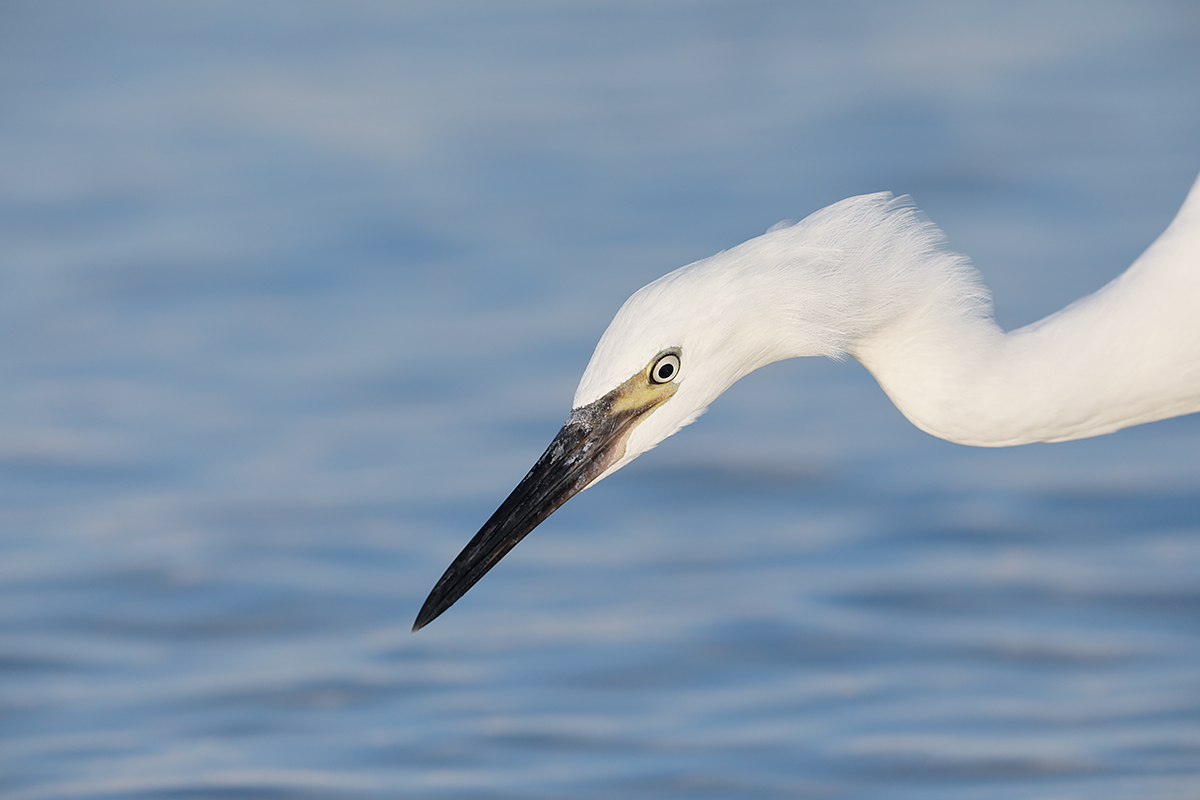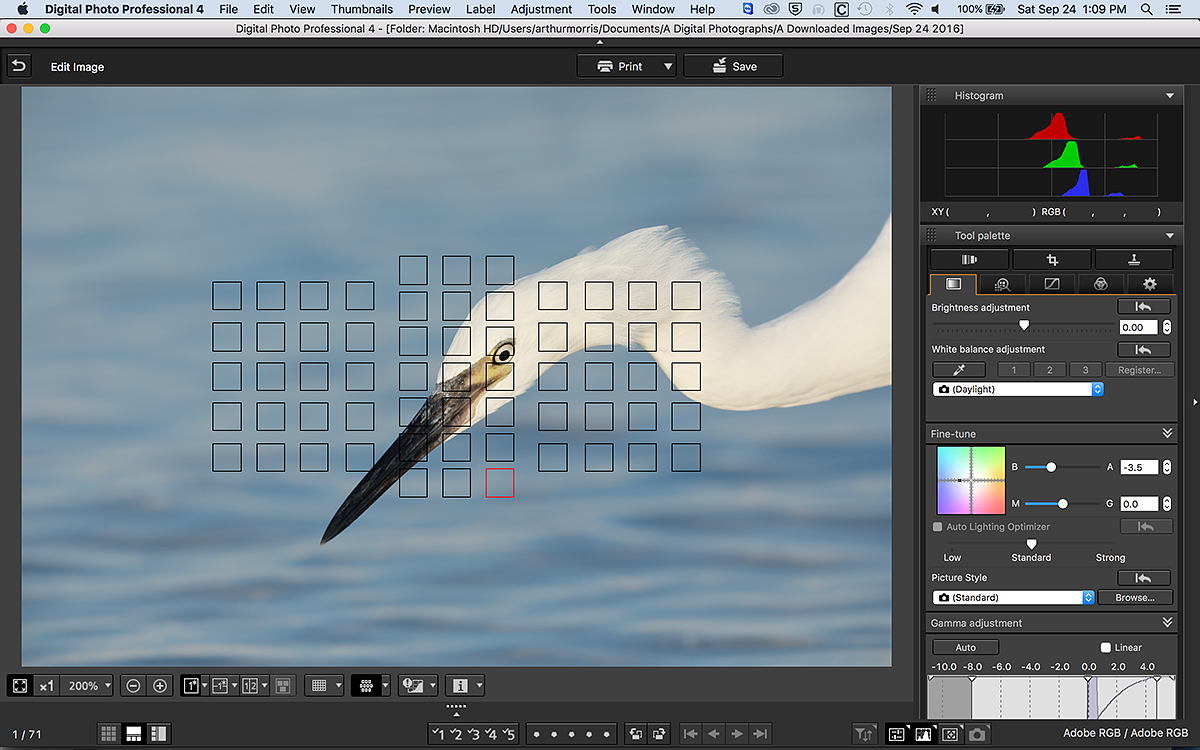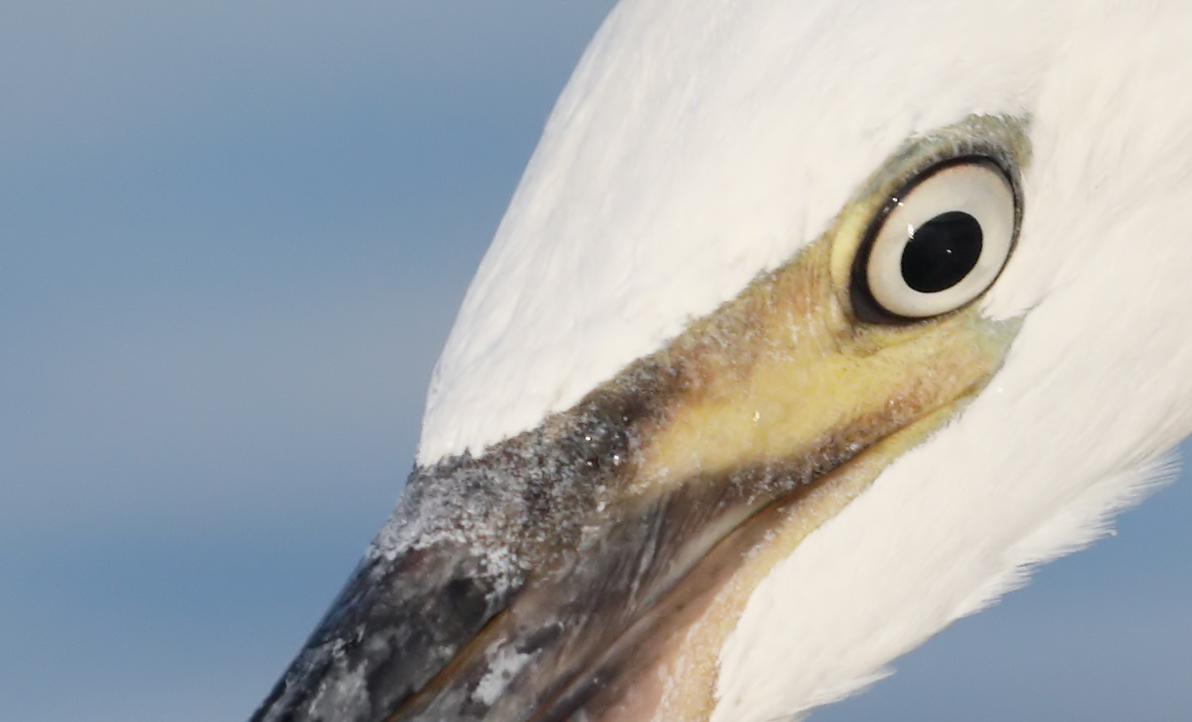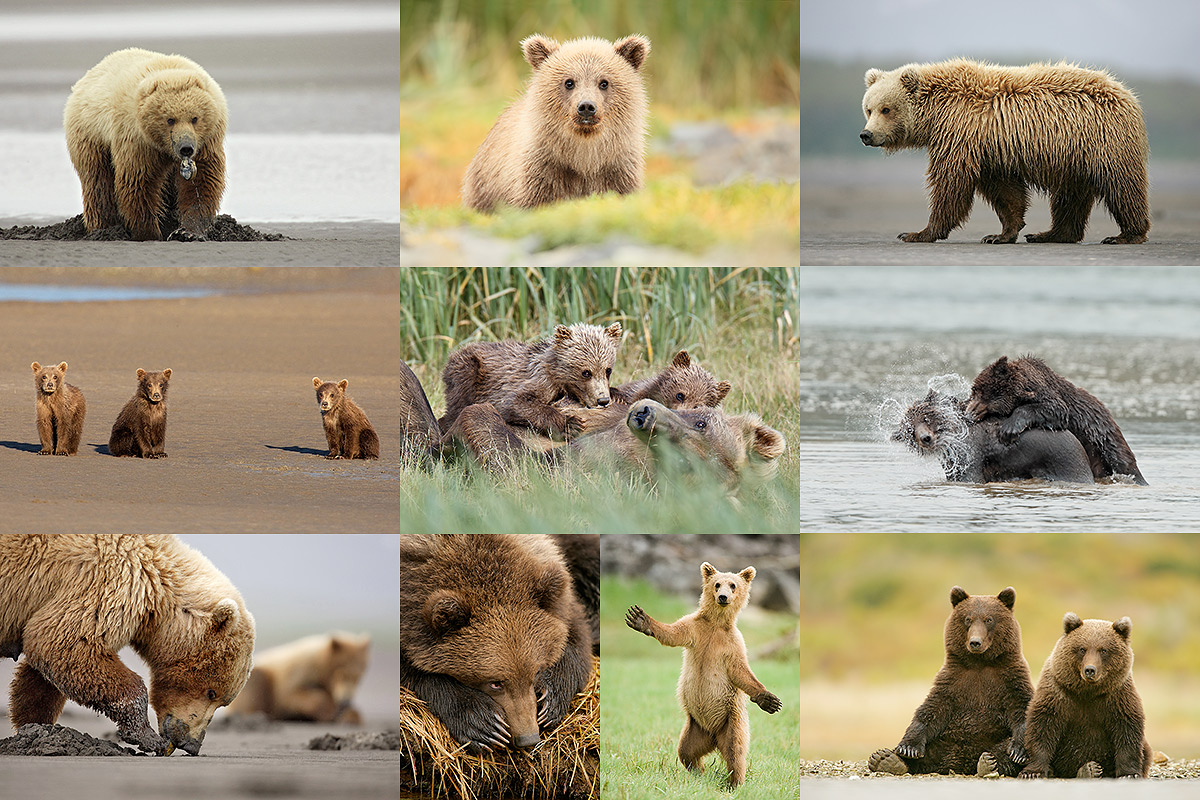What’s Up?
I am somewhere in South America. I hope that you are well. Jim and Jen are at the office most days to help you with your mail order needs and Instructional Photo-Tour sign-ups. I still need folks for San Diego, Japan, Galapagos, the Palouse, and the Bear Boat (Grizzly Cubs) trips. Among others 🙂 Please e-mail for couples and discount info for all of the above. Click here for complete IPT info.
I will have intermittent internet access for the rest of my South American adventure. I get back home late on December 25, 2016. Best and great picture making, artie
Gear Questions and Advice
Too many folks attending BAA IPTs and dozens of the folks whom I see in the field, and on BPN, are–out of ignorance–using the wrong gear, especially when it comes to tripods and more especially, tripod heads… Please know that I am always glad to answer your gear questions via e-mail.
The Streak: 379!
Today’s blog post marks a totally insane, irrational, illogical, preposterous, absurd, completely ridiculous, unfathomable, silly, incomprehensible, what’s wrong with this guy?, makes-no-sense, 379 days in a row with a new educational blog post. There should be no end in sight until my big South America trip next fall. Or not… As always-–and folks have been doing a really great job recently–-please remember to use our B&H links for your major gear purchases. For best results use one of our many product-specific links; after clicking on one of those you can continue shopping with all subsequent purchases invisibly tracked to BAA. Your doing so is always greatly appreciated. Please remember: web orders only. And please remember also that if you are shopping for items that we carry in the new BAA Online Store (as noted in red at the close of this post below) we would appreciate your business.
|
This image was created on my pre-IPT scouting trip to Fort DeSoto County Park on the early morning of Friday, September 24, 2016 with my favorite-ever camera body, the amazing new Canon EOS 5D Mark IV. ISO 800. Evaluative metering + 2/3 stop: 1/1000 sec. at f/10. Daylight WB. Center Zone/AI Servo AF as framed was active at the moment of exposure. See the weird AF situation with this image in the DPP 4 screen capture below. Reddish Egret/white morph foraging |
Another Very Tame Bird for This Quiz
1-Was I handholding or on a tripod when I created this image?
2-What focal length do you think that I used to create this image?
Clues: the incredible detail, and the fact that there is a bit of wave detail in the background…
The DPP 4 Screen Capture |
The DPP 4 Screen Capture
Note the perfect histogram and that I moved the Color Fine Tune point 3.5 units toward blue. Why does the histogram show more red and less blue? Because of the sweet (warm) early morning light.
I remember the active AF points (or point) dancing around nicely on the egret’s face and the base of the bill. But the illuminated square shows the AF point that was active at the moment of exposure completely missed any part of the subject; thus, it makes little sense that the image is so incredibly sharp. This might be due in part as a result of my Custom Case 3 settings for the 5D Mark IV. As many of you who already own one of our Canon Camera User’s Guides already know, I create my own Custom Case using Canon’s Case 3 as that one makes the least sense to me for bird photography. I set the all-important Tracking Sensitivity as I do for all of my Canon bodies. As for the second two items, Accel./decel. tracking and AF pt auto switching I have been experimenting with various settings that are different from my old standby settings that I used previously. If you have already or will be purchasing my favorite-ever camera body, the amazing new Canon EOS 5D Mark IV, shoot me your B&H receipt and I will be glad to share my thoughts with you once I see that I have gotten the credit. I just might write a 5D Mark IV User’s Guide as this body is going to take bird, wildlife, and even sports photography by storm…
A 100% crop |
A 100% Crop
Note the incredibly sharp pupil and the smooth as a baby’s tush background. I applied a wee bit of NeatImage noise reduction (40 on the Y slider after creating the profile) to this image as with the dark blue water necessarily a bit more than a stop underexposed (to protect the bright WHITEs) there was a bit of structure there. Not much, just a bit.
The 5D Mark IV and Bears…
With some many bears having dark fur, the 5D IV would seem to be the best-ever bear boat camera body… I will, however, have to wait a while to experience that. Scroll down
|
Images and card copyright Arthur Morris/BEARS AS ART 🙂 |
2017 Bear Boat Coastal Brown Bear Cubs IPTs: July 18-24, 2017 from Kodiak, AK: 5 FULL & 2 Half DAYS: $6699. Happy campers only! Maximum 8/Openings 3.
Join me in spectacular Katmai National Park, AK for six days of photographing Coastal Brown Bears. Mid-July is prime time for making images of small, football-sized cubs. The cubs, and these dates, are so popular that I had to reserve them three years in advance to secure them. There are lots of bears each year in June, but the mothers only rarely risk bringing their tiny cubs out in the open in fear of predation by rival bears. In addition to making portraits of both adults and cubs, we hope to photograph frolicking and squabbling youngsters and tender nursing scenes. At this time of year, the bears are either grazing in luxuriant grass or clamming. There will also be some two- and three-year old cubs to add to the fun. And we will get to photograph it all.
We will live on our tour operator’s luxurious new boat. At 78 feet long its 24 foot beam makes it quite spacious as well. And the food is great. We will likely spend most of our time at famed Geographic Harbor as that is where the bears are generally concentrated in summer. On the odd chance that we do need to relocate to another location we can do so quickly and easily without having to venture into any potentially rough seas. We land via a 25 foot skiff that has lots of room for as much gear as we can carry.
Aside from the bears we should get to photograph Horned and Tufted Puffin and should get nice stuff on Mew Gull, Glaucous-winged Gull, Black-legged Kittiwake, Harbor Seal, and Steller’s Sea Lion as well. A variety of tundra-nesting shorebirds including Western Sandpiper and both yellowlegs are also possible. Halibut fishing (license required/not included) is optional.
It is mandatory that you be in Kodiak no later than the late afternoon of July 17 to avoid missing the float planes to the boat on the morning of July 18. Again, with air travel in Alaska (or anywhere else for that matter) subject to possible delays, being on Kodiak on July 16 is a much better plan.
Barring any delays, we will get to photograph bears on our first afternoon and then again every day for the next five days after that, all weather permitting of course. On our last morning on the boat, July 24, those who would like to enjoy one last photo session will have the opportunity to do so. The group will return to Kodiak via float plane from late morning through midday. Most folks will then fly to Anchorage and to continue on red-eye flights to their home cities.
What’s included? 7 DAYS/6 NIGHTS on the boat as above. All meals on the boat. National Park and guide fees. In-the-field photo tips, instruction, and guidance. An insight into the mind of two top professionals; we will constantly let you know what we are thinking, what we are doing, and why we are doing it. Small group image review, image sharing, and informal Photoshop instruction on the boat.
What’s not included: Your round trip airfare to and from Kodiak, AK (almost surely through Anchorage). Your lodging and meals on Kodiak. The cost of the round-trip float plane to the boat and then back to Kodiak as above. The cost of a round trip last year was $550. The suggested crew tip of $200.
Have you ever walked with the bears?
Is this an expensive trip? Yes, of course. But with 5 full and two half days, a wealth of great subjects, and the fact that you will be walking with the bears just yards away (or less….), it will be one of the great natural history experiences of your life. Most folks who take part in a Bear Boat IPT wind up coming back for more.
A $2,000 per person non-refundable deposit by check only made out to “BIRDS AS ART” is required to hold your spot. Please click here to read our cancellation policies. Then please print, read, and sign the necessary paperwork here and send it to us by mail to PO Box 7245, Indian Lake Estates, FL 33855.
Your deposit is due when you sign up. That leaves a balance of $4699. The next payment of $2699 will be due on September 15, 2016. The final payment of $2000 is due on February 15, 2017. We hope that you can join me for what will be a wondrously exciting trip.
Please Remember to use my Affiliate Links and to Visit the New BAA Online Store 🙂
To show your appreciation for my continuing efforts here, we ask, as always, that you get in the habit of using my B&H affiliate links on the right side of the blog for all of your photo and electronics purchases. Please check the availability of all photographic accessories in the New BIRDS AS ART Online Store, especially the Mongoose M3.6 tripod head, Wimberley lens plates, Delkin flash cards and accessories, and LensCoat stuff.
As always, we sell only what I have used, have tested, and can depend on. We will not sell you junk. We know what you need to make creating great images easy and fun. And we are always glad to answer your gear questions via e-mail.
I would of course appreciate your using our B&H affiliate links for all of your major gear, video, and electronic purchases. For the photographic stuff mentioned in the paragraph above we, and for everything else in the new store, we, meaning BAA, would of course greatly appreciate your business. Here is a huge thank you to the many who have been using our links on a regular basis and those who will be visiting the New BIRDS AS ART Online Store as well.
Be sure to like and follow BAA on Facebook by clicking on the logo link upper right. Tanks a stack!
Typos
In all blog posts and Bulletins, feel free to e-mail or to leave a comment regarding any typos or errors. Just be right 🙂


















Getting colder!
artie, at lunch in Tarapoto before the flight to Lima.
Well knowing your style, f/10 means that you were working with maximum at f/8 (with 99% probability). This means 100-400+1.4x or 400DO, 500, 600 with 2x. I will leave out the first two for two reasons. First as I understand it from the not completely OOF background you were on a tripod. Second from your (I believe) deceiving “clue”.
Well Art I won’t bite it 🙂 I believe that you were at least at 1000mm or most probably at 1200mm by using your 600+2x. I know that the bg of your photo is quite possible with that combo when the bird is very tame as you said.
Very smart man … Or not??? Time will tell.
later and love, artie
Perhaps a lens you don’t seem to use too much, the 7-200. I can’t believe you went to the 24-100.
Hi, Artie. Well, you did imply that you were hand-holding the lens (“Center Zone/AI Servo AF as framed was active at the moment of exposure (as is always best when hand holding”), and I haven’t seen you hand-hold the 600 or 500 recently, but I have seen you hand-hold the 400 DO, the 1-4II, and shorter lenses, with and without TCs. You were at f/10, and the background is still not in focus, so I have to guess you were at at least 200 mm and maybe 400 or more; I’ll guess the 400 DO plus 1.4X TC for a focal length of 560 mm.
My bad. See the edited caption 🙁
So that means the 500 is in play. I still think that if you were at f/10 and the background was nice and out of focus–as it is–you had to be using quite a long lens, so I’ll go with 500 f/4 plus 1.4X TC on a tripod. But I’m glad nothing important is riding on my guess. 🙂
Hi Gang,
Nobody close so far…
artie almost done in Peru …
Hi Artie,
“Tamish” means the Egret was somewhat tame, so you still needed some reach to get this portrait. You were scouting, so I doubt you were hauling around your 600mm and a “tamish” subject would not have required the length. So I agree with Elinor that you had the 100-400 for convenience. With that lens you would not have needed a tripod.
Would love to learn about your revised case settings. I think I sent you a copy of my receipt for my 5DIV. I also am loving this body.
I was down in Newport over Thanksgiving and there is a fresh fish market on the peninsula right next to the pier where the owners clean and sell yesterdays catch. There were a bunch of Brown Pelicans there, some showing signs of breeding coloration and were coming in for treats. It was quite a show. Got lots of keepers (head shots and eyeballs) the first morning using my 400mm DOII +1.4x (I did not bring any caps so had to stick with the converter on). The second day brought a tripod using the 400mm without the 1.4 and got some wonderful pre dawn shots (ISO 2000). As the sun rose there were great flight opportunities. Bottom line, the sensor resolution of the 5DIV is amazing and the images are in my opinion much better that those I got in San Diego last January using a 1DX. In addition though, the 7 frames per second are adequate to get some great flight shots with that wonderful sensor. Best of all worlds.
I keep asking myself whether a 1DXII is necessary.
Hope your S. America adventures are paying off.
Your Dept of field was fairly shallow for f/10 and the bird is very sharp at 1/1000. I would guess that you were on a tripod at 600 mm or so.
My guess is the 100-400 handheld–maybe at 400 since your camera is full frame?. Probably no 1.4 x since it was a tamish bird. f11 means you were fairly close and needed DOF. You were scouting so probably didn’t use your 600mm with a tripod.
meant to add that also a tamish bird wouldn’t need 600mm and 600 would also probably give a much shallower DOF than this.